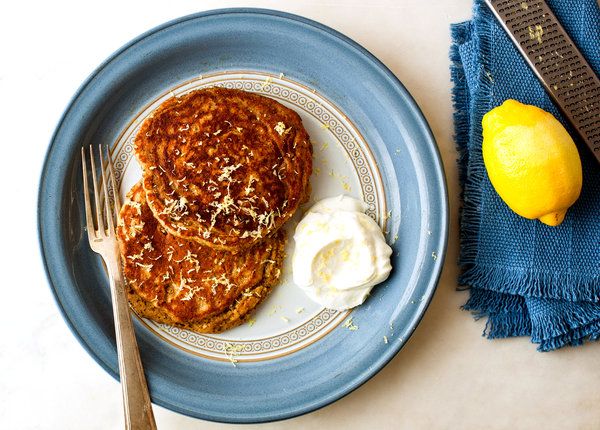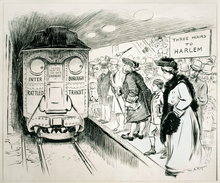 Welcome to the Stars Hollow Health and Fitness News weekly diary. It will publish on Saturday afternoon and be open for discussion about health related issues including diet, exercise, health and health care issues, as well as, tips on what you can do when there is a medical emergency. Also an opportunity to share and exchange your favorite healthy recipes.
Welcome to the Stars Hollow Health and Fitness News weekly diary. It will publish on Saturday afternoon and be open for discussion about health related issues including diet, exercise, health and health care issues, as well as, tips on what you can do when there is a medical emergency. Also an opportunity to share and exchange your favorite healthy recipes.
Questions are encouraged and I will answer to the best of my ability. If I can’t, I will try to steer you in the right direction. Naturally, I cannot give individual medical advice for personal health issues. I can give you information about medical conditions and the current treatments available.
You can now find past Health and Fitness News diaries here and on the right hand side of the Front Page.
Follow us on Twitter @StarsHollowGzt

I’ve got a pantry full of different grains and flours, a variety of nuts and seeds in my freezer, and a lot of ideas about how these hearty ingredients can contribute to a pancake. So this week I shook things up in the kitchen, and so far, so good.
I also wanted to come up with some savory pancakes and developed a couple of recipes that quickly became favorites in our home. I was thinking along the lines of traditional Chinese and Korean onion pancakes, but I wanted to make something lighter and at the same time more wholesome. When I’m researching whole grains, both for baking and for cooking, I often turn to Heidi Swanson (www.101cookbooks.com) for ideas, and I found a lot of inspiration in her pancake recipes.
~Martha Rose Shulman~
I decided to stir some lemon zest into the batter. I dotted some of the pancakes with raspberries and left others plain.
Brown Rice, Sesame, Spinach and Scallion Pancakes
Try them heated with a little grated cheese on top, or serve with yogurt.
Instead of using only wheat flour in these pancakes, I’ve combined whole-wheat flour and almond flour.
Teff is a tiny, nutrient-dense grain native to Ethiopia. Its calcium content is higher than that of any other grain, and it’s an excellent source of vitamin C.
Savory Cottage Cheese Pancakes With Indian Spices, Cauliflower and Carrots
We eat these Indian-spiced pancakes for dinner, along with a green salad.

 While London boasts the world’s oldest underground train network (opened in 1863) and Boston built the first subway in the United States in 1897, the New York City subway soon became the largest American system. The first line, operated by the Interborough Rapid Transit Company (IRT), traveled 9.1 miles through 28 stations. Running from City Hall in lower Manhattan to Grand Central Terminal in midtown, and then heading west along 42nd Street to Times Square, the line finished by zipping north, all the way to 145th Street and Broadway in Harlem. On opening day, Mayor McClellan so enjoyed his stint as engineer that he stayed at the controls all the way from City Hall to 103rd Street.
While London boasts the world’s oldest underground train network (opened in 1863) and Boston built the first subway in the United States in 1897, the New York City subway soon became the largest American system. The first line, operated by the Interborough Rapid Transit Company (IRT), traveled 9.1 miles through 28 stations. Running from City Hall in lower Manhattan to Grand Central Terminal in midtown, and then heading west along 42nd Street to Times Square, the line finished by zipping north, all the way to 145th Street and Broadway in Harlem. On opening day, Mayor McClellan so enjoyed his stint as engineer that he stayed at the controls all the way from City Hall to 103rd Street.  According to Wikipedia
According to Wikipedia 
Recent Comments